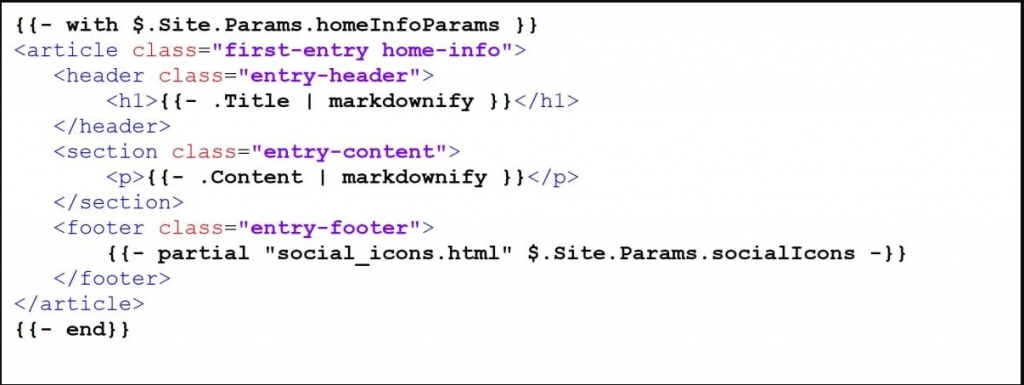
Hugo is a static site generator for creating content-focused, speedy web pages. Discover everything Hugo can do for you.
If you’re going to build a simple, content-driven website, you probably don’t want to spend a lot of time developing it. If you’re constructing a business website, blog, or personal portfolio, this could be the case.
These are the scenarios that static site generators are designed to address. They enable you to quickly create a website that allows you to concentrate on your content and design.
Hugo is one such static site generator. It supports themes and Markdown authoring, among other features.
What Exactly Is Hugo?
Hugo is a static site generator that lets you build a website with little to no coding. The majority of static site generators allow you to write your content in a simple markup language, such as Markdown.
Your material is subsequently converted into static HTML files by the static site generator. Before presenting your pages to the user, it applies any templates or styles.
Hugo allows you to select from a library of themes and site designs created by others. After you’ve downloaded a theme, you can begin creating your content. Hugo offers a variety of forms in which to write your content.
What Exactly Are Hugo Themes?
To begin started, you can look through the Hugo Themes list. You may also choose a theme based on several categories and filter designs developed expressly for blogs, portfolios, and other purposes.

More information is available by clicking on a theme. You can start working on the theme by downloading it from this page. You may also see how the theme will look once it is installed.

Dummy data will be used as placeholders in the majority of the themes. You can update these details whenever you want when you modify the theme.
What Is the Hugo Site Structure?
Using a theme allows you to add content while making little modifications to the code. However, if you wish to change the structure of the code, you may still go into it. Hugo makes use of Go templates to use variables and placeholders in your HTML files.

When you create a Hugo project on your computer, it will automatically produce the project’s default files.

Among its main components are:
- archetypes: These are templates that enable each page to have unique formatting or additional data. A template will be used when you create a new page.
- assets: You can store assets here, such as CSS style sheets.
- content: The content for your website can be stored here. Each page can be saved in its own file. If you were creating a blog, for example, you would use a Markdown file for each post.
- layouts: This is where you may save short, reusable bits of HTML code known as shortcodes. These can be used in your content files.
- public: This folder contains the files and directories that you can upload and utilize on a web server when hosting your website.
- theme: Any themes you downloaded from Hugo will be listed here.
The Benefits of Hugo?
Hugo is lightweight and generates static web pages, so your finished website and content will load quickly. This means that users will spend less time waiting when exploring your site.
The material is all static and does not change when the user views the website. As a result, you don’t have to worry about making constant queries to a server. You also don’t have to be concerned with databases or accounting for dynamic data.
You also don’t require significant programming knowledge to operate with a Hugo site. Whatever, because you have direct access to the code, you may freely alter it however you want.
Creating Websites with Static Site Generators
Hugo is a fantastic static site generator that turns your content into plain HTML files. You can select a variety of themes and simply see your site while it is being designed.
Hugo, among other things, offers reusable components and a handy uniform file structure. Hugo, though, is only one choice. You should continue to look into different static site generators that can be used to create a website.